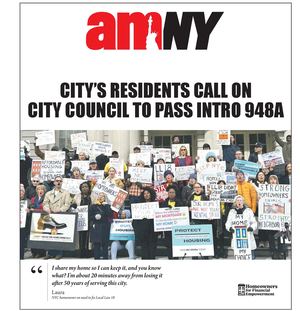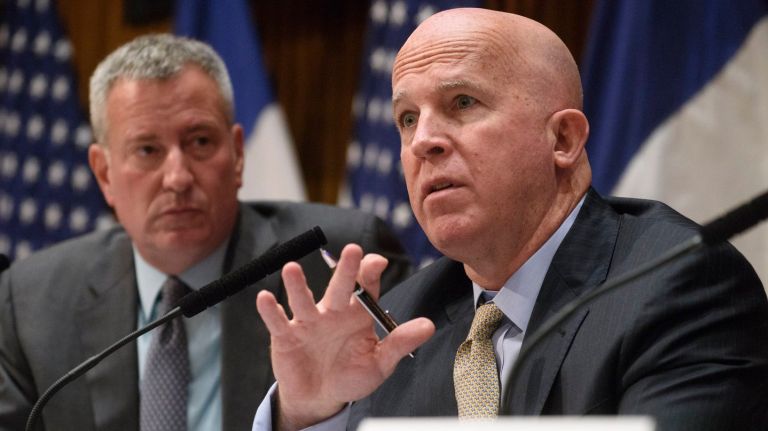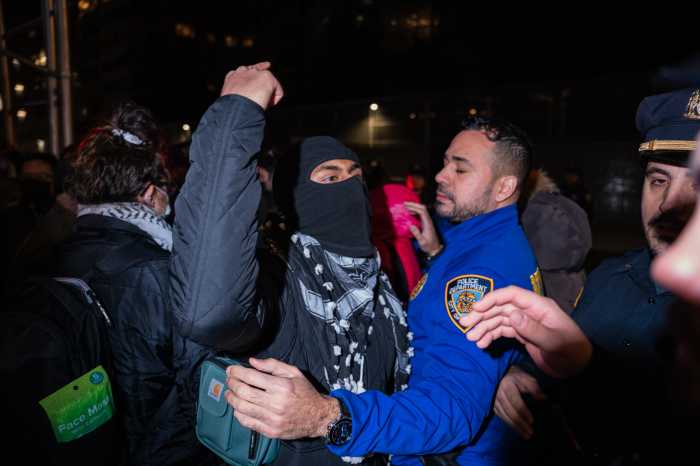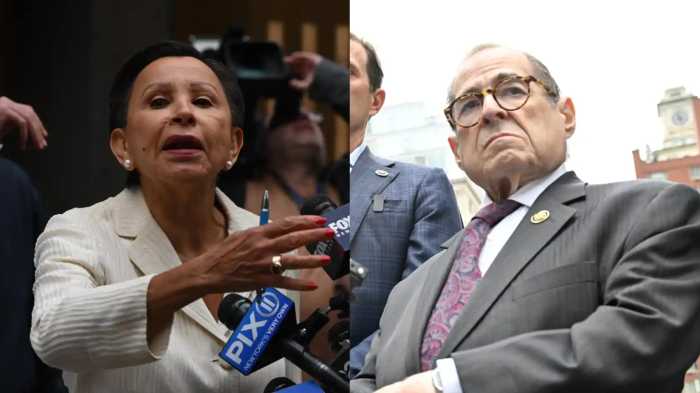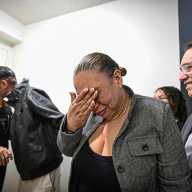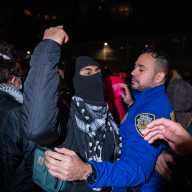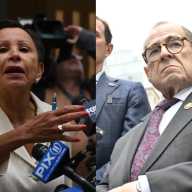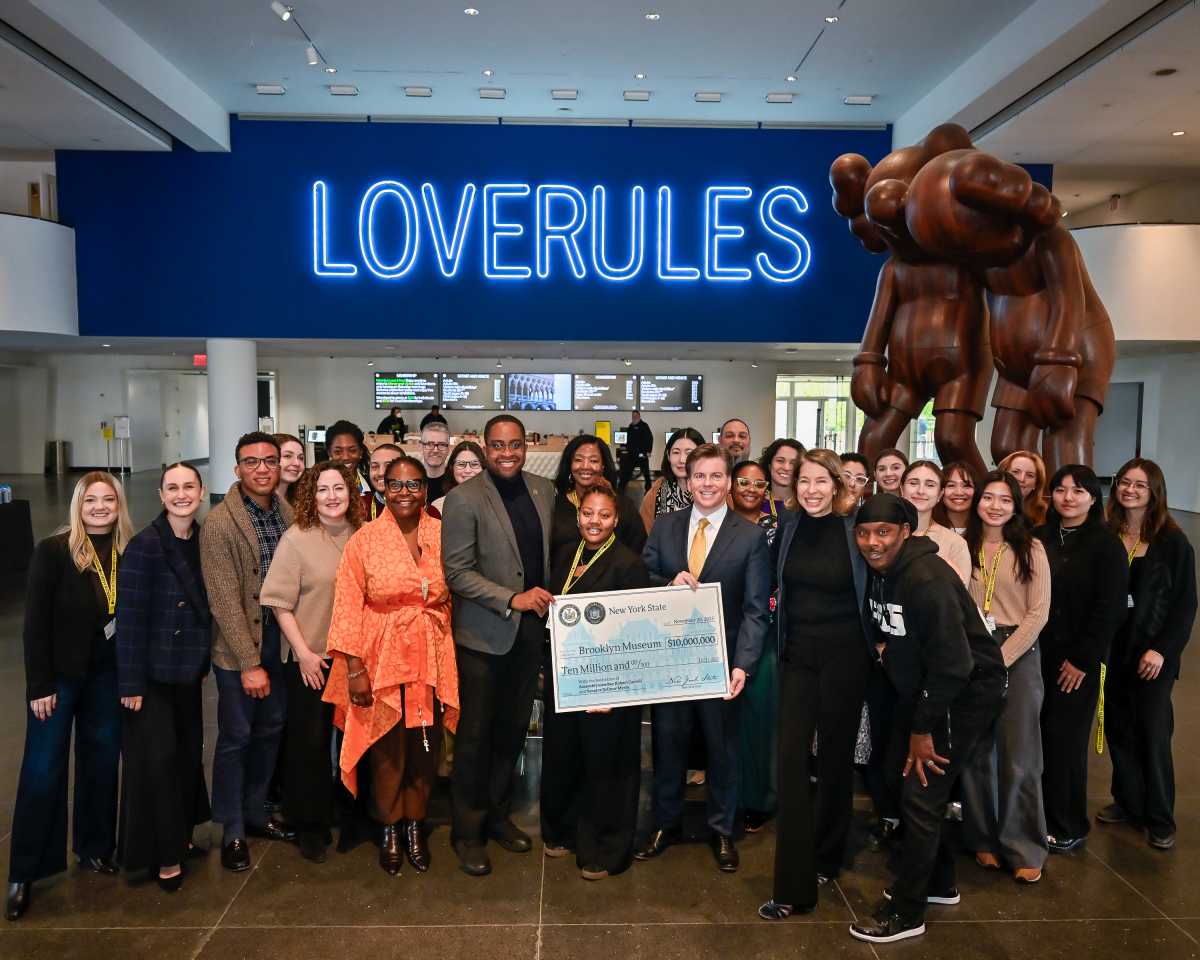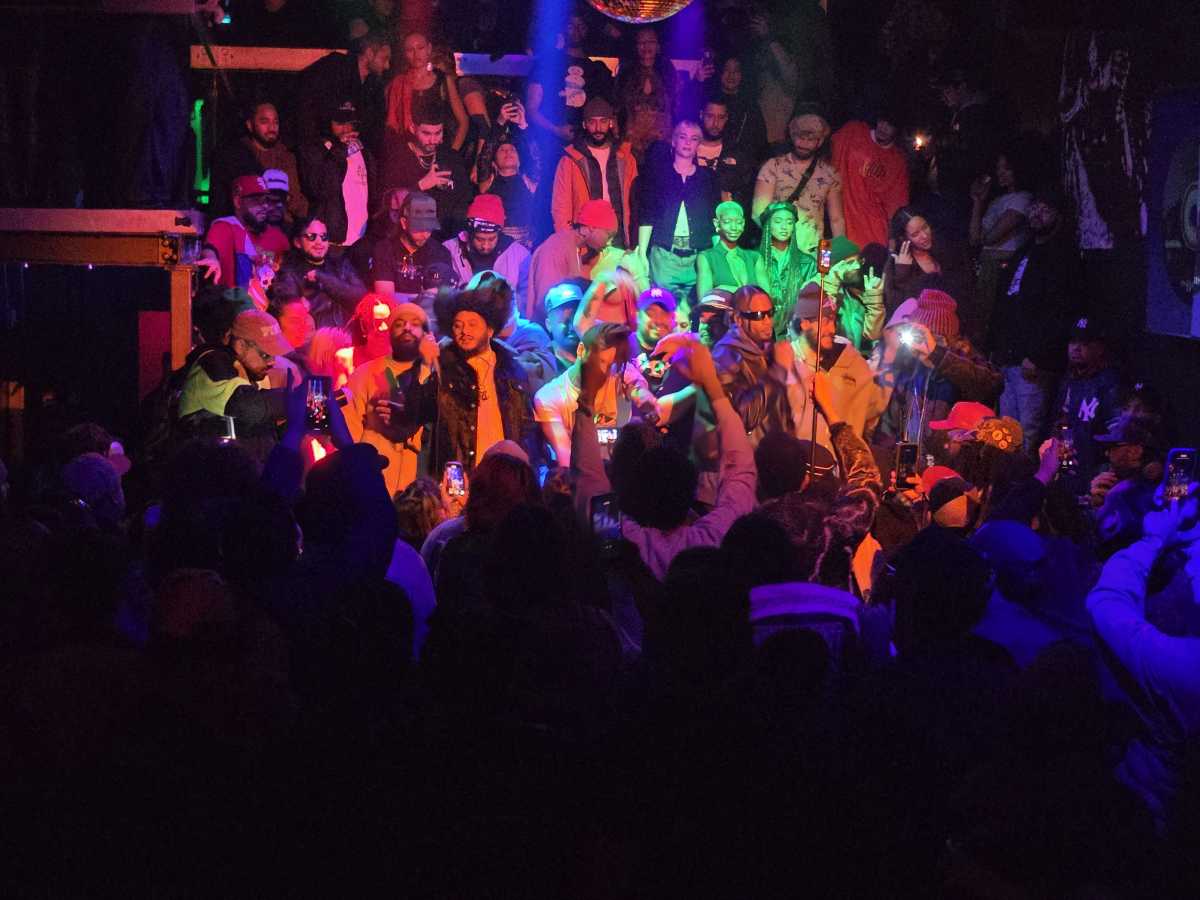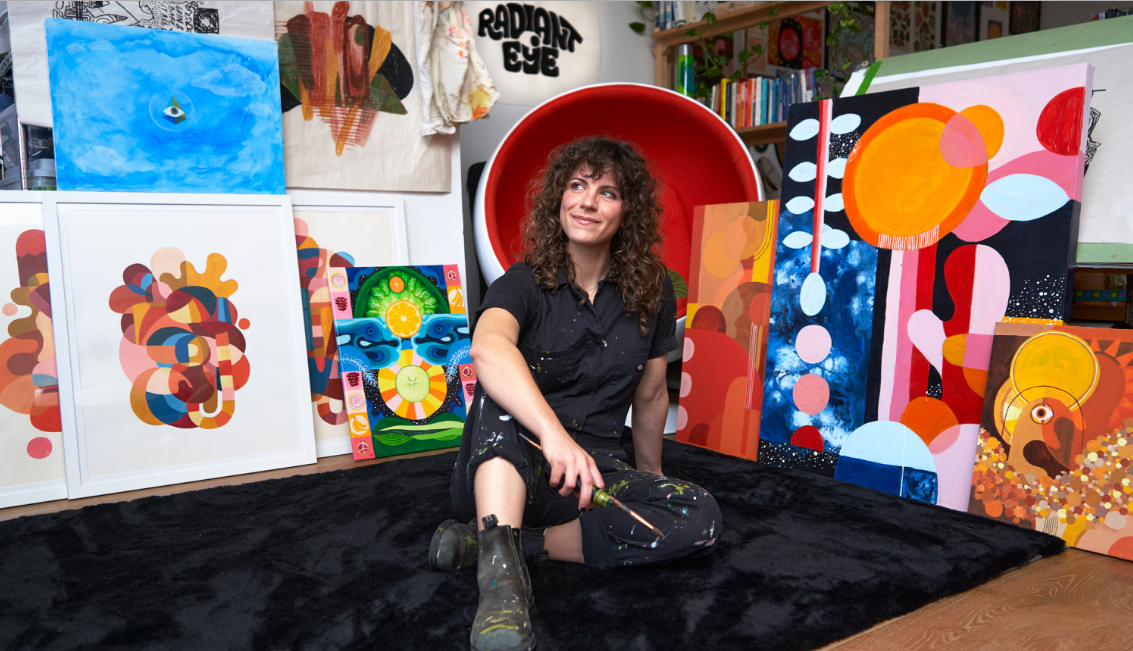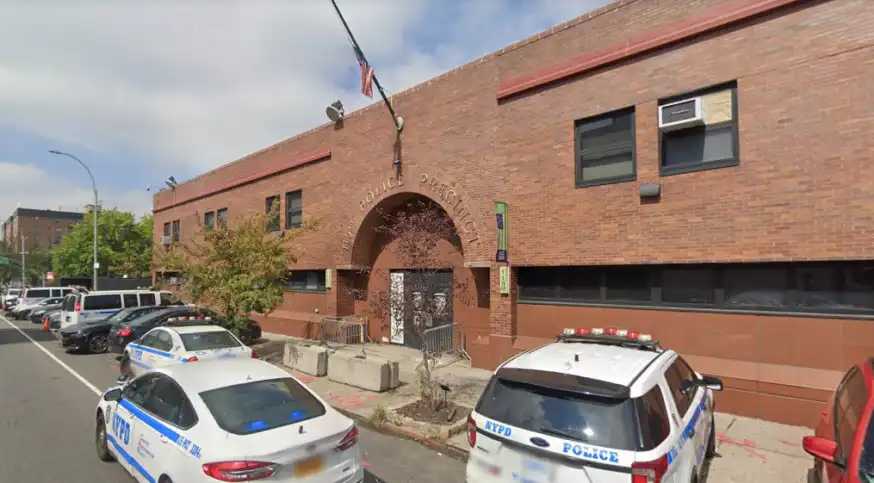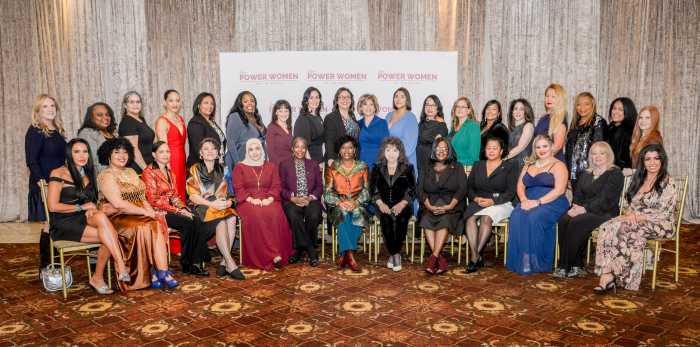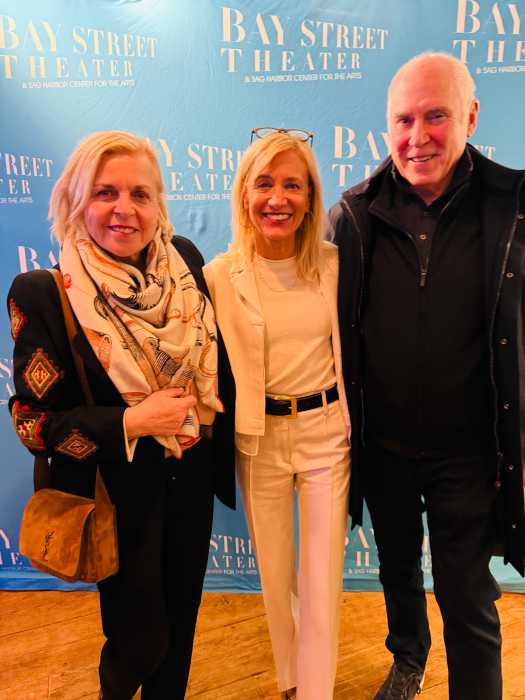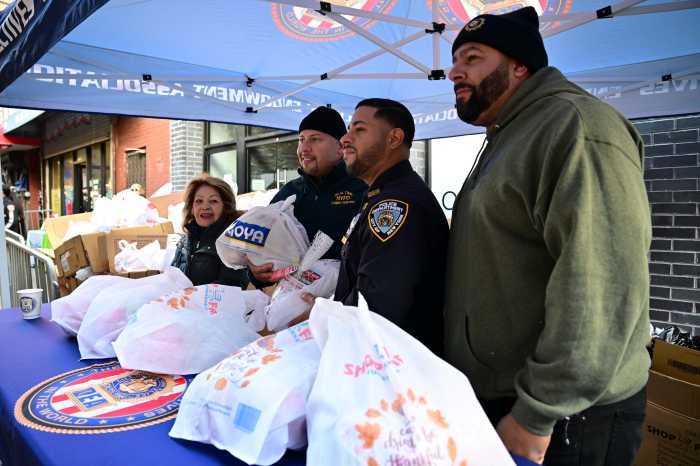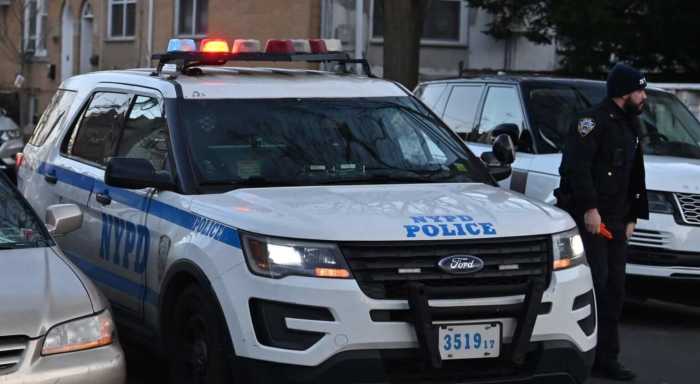
The NYPD will finish adding 2,000 more cops by January, officials said on Monday, as the department beefs up its community policing program, heralding it as a crime fighting strategy.
Community policing officers will be added to nine more precincts and three housing commands, including the 84th Precinct in Downtown Brooklyn and the 114th Precinct in Astoria.
The Neighborhood Coordination Officers (NCO) program, where two officers are posted to the same spot at the same time each day with the aim of establishing relationships, is now in more than half of all commands.
“This is a shared responsibility,” said Commissioner James O’Neill, speaking at police headquarters. “This is the way we go forward, this is the way we make things better in this city.”
Citywide, police said overall crime has dropped about 3 percent, with homicides down about 3.7 percent and shootings down about 10.9 percent through September.
Overall crime in the five NCO commands implemented January 11 has dropped about 3.1 percent this year compared to last year, on par with citywide statistics. Shootings in these precincts — 40th, 44th, 75th, 77th, and 81st — have dropped by 11.3 percent, police said.
In the 75th Precinct, which includes East New York, shootings are down 32 percent, or 56 shootings in 2015 compared to 38 shootings this year through Sept. 25, Chief of Department Carlos Gomez said. Overall crime is down 5.5 percent there.
The NYPD will start to put out satisfaction surveys to both the community and its own cops for “direct, real-time feedback” from each, O’Neill said. There is no specific timeline for the surveys, Gomez said.
“We now have a neighborhood policing plan that’s been going on for years and is the future of the NYPD,” said Mayor Bill de Blasio, adding that past community policing efforts have been attempted but ultimately pulled back on. “This is a huge difference from anything we’ve seen previously … This is not social work, this is crime fighting that happens to engage the community deeply as partners in crime fighting.”
The community-focused policing comes hand-in-hand as the last of the 2,000 more officers will be added to the force by January, de Blasio said.
And the department is readying to roll out 1,000 cameras in 20 precincts — which court documents filed in August showed was behind schedule — said Benjamin Tucker, the department’s first deputy commissioner. There will be 15 cameras per precinct.
A public hearing will be held on Oct. 13 for the cameras, he said.
“This is a pilot project, and we will continue to learn from the rollout,” Tucker said, adding the department received 25,000 responses to an online survey posted during the summer.
The department expects to store the extensive footage through a cloud-based system, said Jessica Tisch, the deputy commissioner of information technology.
